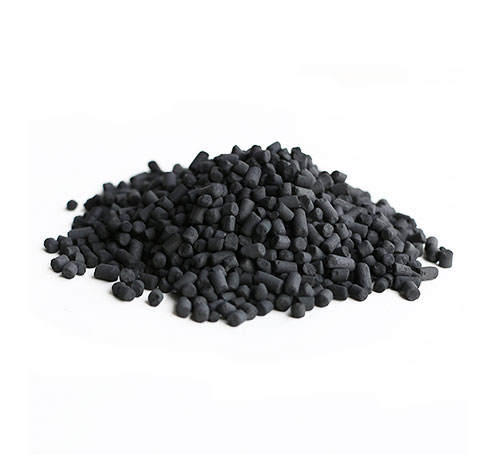Activated Alumina Density serves as the bedrock upon which the versatile material's properties are intricately woven. In this exploration, we embark on a journey to unravel the significance of activated alumina density, delving into its impact on pore structure, stability, and efficiency in a myriad of crucial processes.
From gas dehydration to catalytic reactions, each nuanced application finds its roots in the numerical precision of activated alumina density, making it a key determinant in the material's capacity for reliability and innovation.

Contents
- 1 What we will talk about in this article?
- 2 Activated Alumina Density
- 3 Shaping Pore Structure for Efficiency
- 4 Maximizing Performance in Gas Dehydration
- 5 Insights into Stability and Durability
- 6 Benchmark in Catalytic Processes
- 7 Considerations for Catalyst Regeneration Success
- 8 Navigating Variations for Industrial Applications
- 9 Conclusion
What we will talk about in this article?
Activated Alumina Density
The density of activated alumina can vary based on factors such as the specific manufacturing process, the degree of activation, and the intended application. However, a typical range for the density of activated alumina is approximately 0.4 to 0.7 grams per cubic centimeter (g/cm³).
It's important to note that activated alumina is often produced in various forms, such as beads, spheres, or granules, and factors like particle size and porosity can influence the density. The specified density is a crucial parameter in determining the material's suitability for specific applications, including adsorption, catalysis, and gas dehydration.
For precise information about the density of a particular activated alumina product or application, it is recommended to refer to the manufacturer's specifications or contact the supplier directly.
Shaping Pore Structure for Efficiency
Activated alumina density plays a critical role in shaping the pore structure of the material. A higher density often correlates with a more compact arrangement of particles, influencing the size and distribution of pores. This, in turn, impacts the material's efficiency in adsorption and catalytic processes, making it a crucial consideration in tailoring activated alumina for specific applications.
Maximizing Performance in Gas Dehydration
Gas dehydration is a critical application where activated alumina density comes into play. The material's ability to remove moisture from gases is intricately linked to its density. Understanding and optimizing this density are paramount to maximizing performance in gas dehydration applications, ensuring the maintenance of desired gas quality in diverse industrial environments.
Insights into Stability and Durability
Activated alumina density provides valuable insights into the stability and durability of the material. By understanding how closely packed its particles are, we gain clues about its resilience in challenging conditions. This knowledge is essential for ensuring the longevity of activated alumina in industrial processes, contributing to its reliability over time.
Benchmark in Catalytic Processes
In the catalytic realm, activated alumina density serves as a benchmark for efficiency. The material's ability to support catalytically active species is directly influenced by its density. This crucial aspect impacts the effectiveness of various chemical reactions in industrial settings, and positioning activated alumina as a catalyst with precision and reliability.
Considerations for Catalyst Regeneration Success
As catalysts play a pivotal role in many processes involving activated alumina, density becomes a key consideration for regeneration. The ability to restore catalytic activity over time hinges on understanding and optimizing the density of the activated alumina carrier, ensuring sustained effectiveness in the long run.
Navigating Variations for Industrial Applications
The variations in activated alumina density bring forth considerations for optimal use in diverse industrial applications. Whether in water treatment, gas purification, or catalytic cracking, understanding these variations is essential for tailoring the material to specific industrial needs, showcasing its adaptability and versatility.
Conclusion
Activated alumina density is not merely a numerical expression; it's the language through which the material communicates its efficiency, reliability, and adaptability. As we navigate the intricate dynamics of this essential metric, we unlock the secrets to harnessing the full potential of activated alumina in a multitude of applications.
From shaping pore structures to influencing catalytic precision, activated alumina density stands as a cornerstone in the realm of material science, guiding industries toward a future of enhanced efficiency and innovation.




